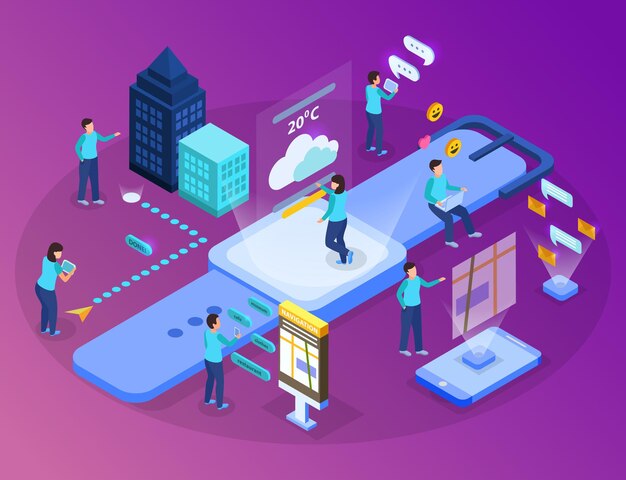CLOUD SOLUTIONS

We design and structure systems that leverage cloud computing services to deliver scalable, reliable, and efficient solutions.
- Cloud Services
- Infrastructure as a Service (IaaS): Provides virtualized computing resources over the internet.
- Platform as a Service (PaaS): Offers a platform allowing developers to build, deploy, and manage applications without worrying about infrastructure.
- Software as a Service (SaaS): Delivers software applications over the internet, eliminating the need for users to install, maintain, and update software.
- Deployment Models:
- Public Cloud: Services are provided over the internet and available to anyone.
- Private Cloud: Services are hosted on a private network for a specific organization.
- Hybrid Cloud: Combination of public and private clouds, allowing data and applications to be shared between them.
- Key Components:
- Virtualization: Abstracts computing resources to create virtual instances.
- Containers: Lightweight, portable units that can run applications and their dependencies.
- Microservices: Architectural style where an application is composed of small, independent services that communicate through APIs.
- Serverless Computing: Allows developers to focus on writing code without managing the underlying infrastructure.
- Security:
- Identity and Access Management (IAM): Controls access to cloud resources.
- Data Encryption: Ensures data confidentiality during storage and transmission.
- Network Security: Protects data as it moves between on-premises and cloud environments.
- Scalability and Elasticity:
- Vertical Scaling: Increasing the resources (CPU, RAM) of a single virtual machine.
- Horizontal Scaling: Adding more virtual machines or instances to distribute the load.
- Resilience and High Availability:
- Load Balancing: Distributes incoming network traffic across multiple servers.
- Redundancy: Duplicate critical components to ensure continuous operation.
- Monitoring and Management:
- Logging: Captures and stores logs for analysis.
- Monitoring Tools: Keep track of system performance and alert on issues.
- Automation: Utilizes scripts or tools to automate repetitive tasks.
- Cost Management:
- Resource Optimization: Ensures efficient use of cloud resources.
- Cost Monitoring: Tracks usage and spending on cloud services.
- Compliance:
- Adherence to Regulations: Ensures that the architecture complies with industry-specific regulations.
- Data Management:
- Data Storage: Utilizes cloud storage solutions.
- Database Services: Offers scalable and managed database solutions.
- Integration:
- APIs: Enables communication and integration between different services.
- Middleware: Connects disparate systems and applications.
- DevOps Practices:
- Continuous Integration (CI) and Continuous Deployment (CD): Automates the software development and deployment processes.
- Disaster Recovery:
- Backup and Restore: Regularly backs up data and ensures quick recovery in case of data loss.
- Green Computing:
- Efficient Resource Utilization: Strives to minimize energy consumption and environmental impact.

